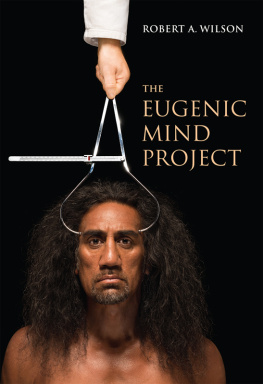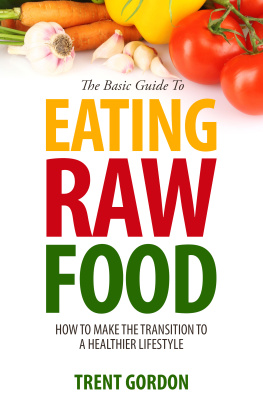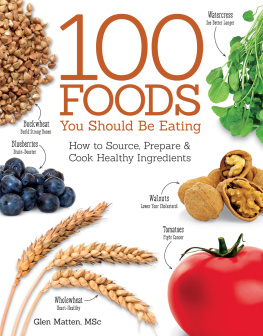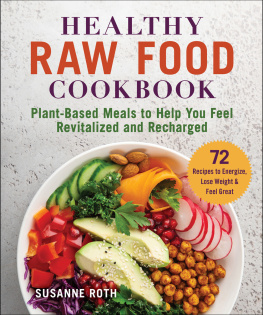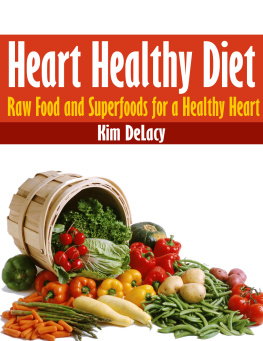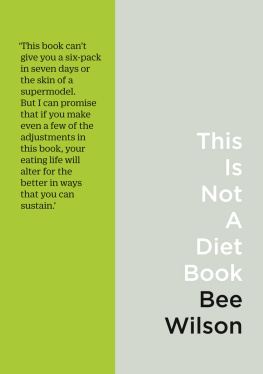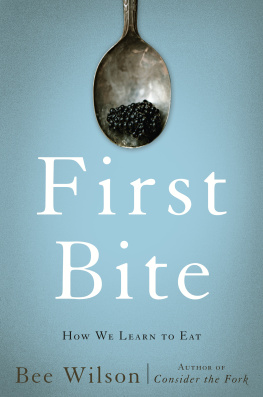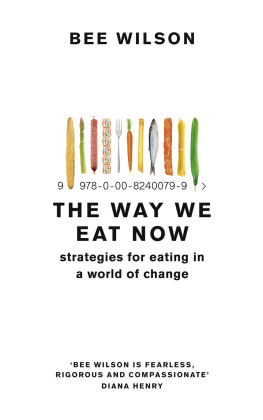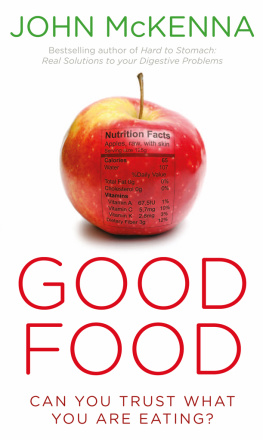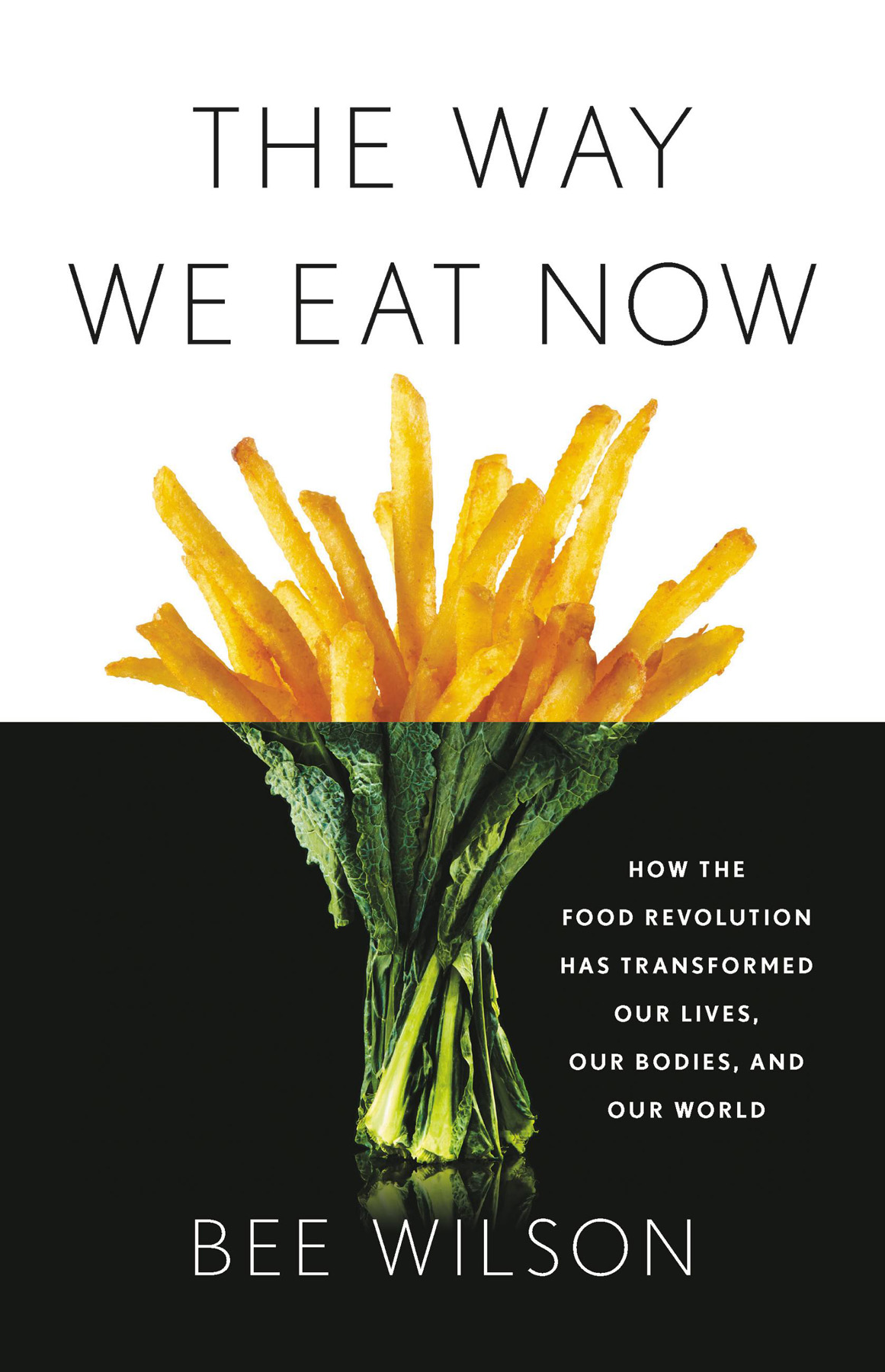PICK A BUNCH OF GREEN GRAPES, WASH IT, AND PUT ONE in your mouth. Feel the grape with your tongue; observe how cold and refreshing it is: the crisp flesh and the jellylike interior with its mild, sweet flavor.
Eating grapes can feel like an old pleasure, untouched by change. The ancient Greeks and Romans loved to eat grapes, as well as to drink them in the form of wine. The Odyssey speaks of a ripe and luscious vine, hung thick with grapes. As you pull the next delicious grape from its stalk, you could easily be plucking it from a Dutch still life of the seventeenth century, where grapes are tumbled on a metal platter with oysters and half-peeled lemons.
But look closer at this bunch of green grapes, cold from the fridge, and you see that this fruit is not unchanged after all. Like so many other foods, grapes have become a product of engineering designed to please modern eaters. First of all, there are almost certainly no grape seeds for you to either chew or spit out (unless you are in certain places, such as Spain or China, where seeded grapes are still tolerated). Strains of seedless grapes have been cultivated for centuries, but it is only in the past two decades that seedless has become the norm, to spare us the dreadful inconvenience of seeds.
Heres another strange new thing about grapes: the mainstream ones in supermarkets, such as Thompson Seedless and Crimson Flame, are always sweetnot bitter, acidic, or foxy like a Concord grape, or excitingly aromatic like one of the Muscat varieties of Italy, but just plain sweet, like sugar. On biting into a grape, the ancients did not know if it would be ripe or sour. The same was true, in my experience, as late as the 1990s. It was like grape roulette: a truly sweet one was rare and therefore special.
These days, the sweetness of grapes is a sure bet because in common with other modern fruits, such as red grapefruit and Pink Lady apples, our grapes have been carefully bred and ripened to appeal to consumers reared on sugary foods. Fruit bred for sweetness does not necessarily have to be less nutritious, but modern de-bittered fruits tend to contain fewer of the phytonutrients that give fruits and vegetables many of their protective health benefits. Most of the phytonutrients in green grapes were in the seeds. A modern red or purple seedless grape will still be rich in phenolicsnutrients that reduce the risk of certain cancersfrom the pigments in its skin. But green seedless grapes contain few of these phytonutrients at all. Such fruit still gives us energy but not necessarily the health benefits we would expect.
The very fact that you are nibbling seedless grapes so casually is also new. I am old enough to remember a time when grapesunless you were living in a grape-producing countrywere a special and expensive treat. But now, millions of people on average incomes can afford to behave like the reclining Roman emperor of TV clich, popping grapes into our mouths one by one. Globally, we both produce and consume twice as many grapes as we did in the year 2000. Grapes are an edible sign of rising prosperity because fruit is one of the first little extras that people spend money on when they start to have disposable income. The year-round availability of grapes also speaks to
Almost everything about grapes has changed, and fast. And yet grapes are the least of our worries when it comes to food: just one tiny element in a much larger series of kaleidoscopic transformations in how and what we eat that have happened in recent years. These changes are written on the land, on our bodies, and on our plates (insofar as we even eat off plates anymore).
FOR MOST PEOPLE ACROSS THE WORLD, LIFE IS GETTING better but diets are getting worse. This is the bittersweet dilemma of eating in our times. Unhealthy food, eaten in a hurry, seems to be the price we pay for living in liberated modern societies. Even grapesso sweet, so convenient, so ubiquitousare symptoms of a food supply that is out of control. Millions of us enjoy lives that are freer and more comfortable than those our grandparents lived, a freedom underpinned by the amazing decline in global hunger. You can measure this life improvement in many ways, whether by the growth of literacy and smartphone ownership, the spread of labor-saving devices such as dishwashers, or the rising number of countries where gay couples have the right to marry. Yet our free and comfortable lifestyles are undermined by the fact that our food is killing us, not through its lack but through its abundancea hollow kind of abundance.
Where humans used to live in fear of plague or tuberculosis, now the leading cause of mortality worldwide is diet. Most of our problems with eating come down to the fact that we have not yet adapted to the new realities of plenty, either biologically or psychologically. Many of the old ways of thinking about diet no longer apply, but it isnt clear yet what it would mean to adapt our appetites and routines to the new rhythms of life. We take our cues about what to eat from the world around us, which becomes a problem when our food supply starts to send us crazy signals about what is normal. Everything in moderation doesnt quite cut it in a world where the everything for sale in the average supermarket has become so sugary and so immoderate. In todays world, it can be hard to know how to eat for the best. Some binge; some restrict. Some put their faith in expensive superfoods that promise to do things for the human body that mere food cannot. Othersthis is how far things have gonehave lost faith in solid food altogether, choosing instead to drink one of the new meal-replacement beveragescurious beige liquids that have become an aspirational form of nutrition.





